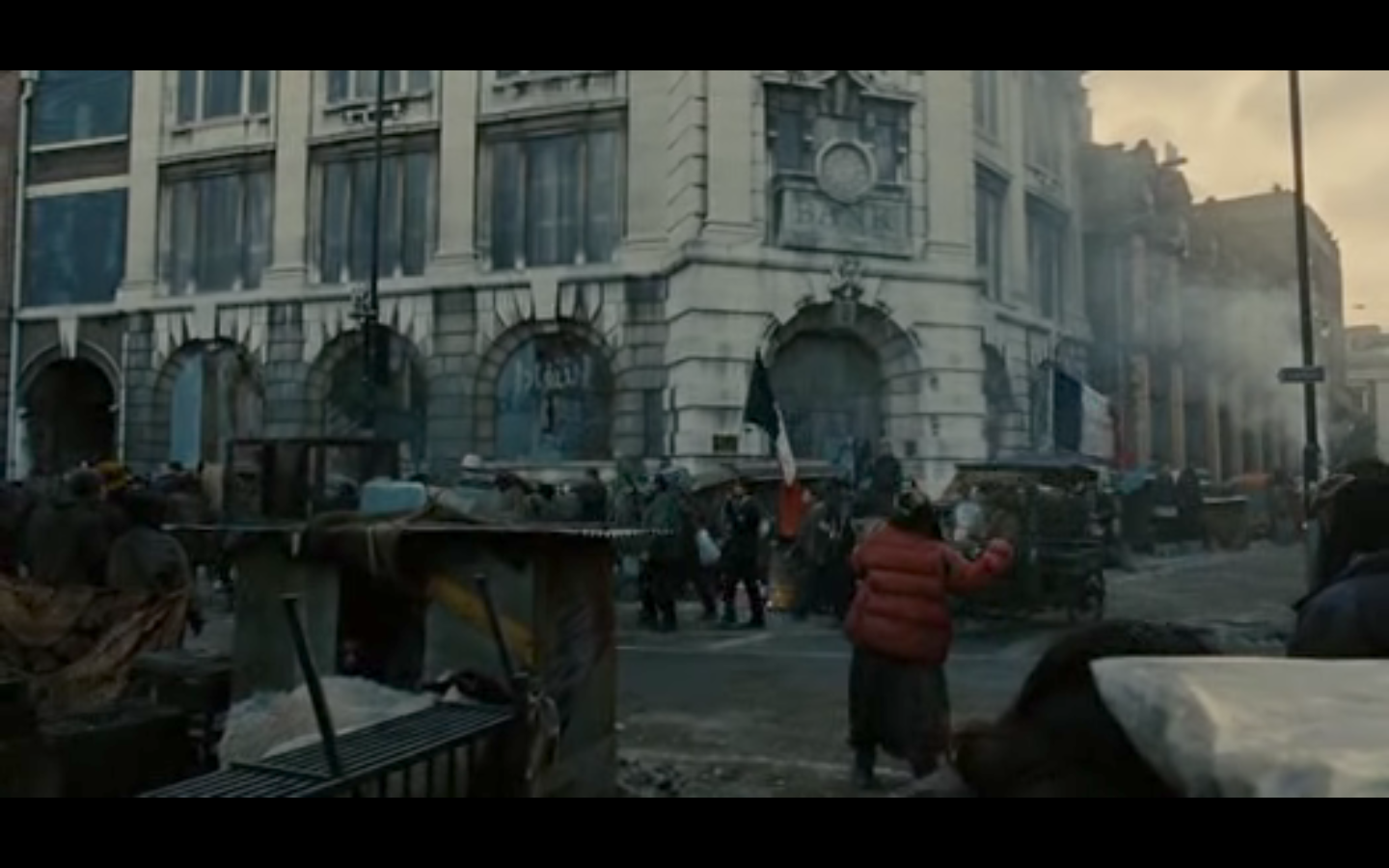Brave New World, based on the book by Aldous Huxley, describes what could possibly be interpreted as a utopic society where everyone's desires are fulfilled and inconveniences are non-existent. The book and telemovie are set in London in 2540 AD, or 632 AF (After Ford). Characteristics of the society are a stable population, where children are created by chemicals and machines rather than mothers and fathers, a caste system where each person is conditioned to be contented with their social strata, recreational sex is encouraged and the norm whereas family ideas and monogamy are forbidden, each person takes a daily rationing of soma which reduces all their emotional needs, and being alone with ones self is forbidden - only sociability is allowed. However, the cracks within this seemingly perfect social structure are revealed when an outsider gains access. Living in tandem with these "advanced" societies are the Savage Reservations, where life does not rely on drug-induced satisfaction and social norms more closely reflect our conditions today except for their tendency towards self-mutilation and cult religions. It is an interesting point of discussion in the story as to which of these is the utopia and which is the dystopia - neither is without issue and the very simultaneity of their existence perhaps underlines the ways to go before true societal perfection can be achieved.
Motifs: Humans in uniform vs. humans in cloth and hide, Futuristic buildings and architecture, Rubble, Wild and hostile landscape


















































